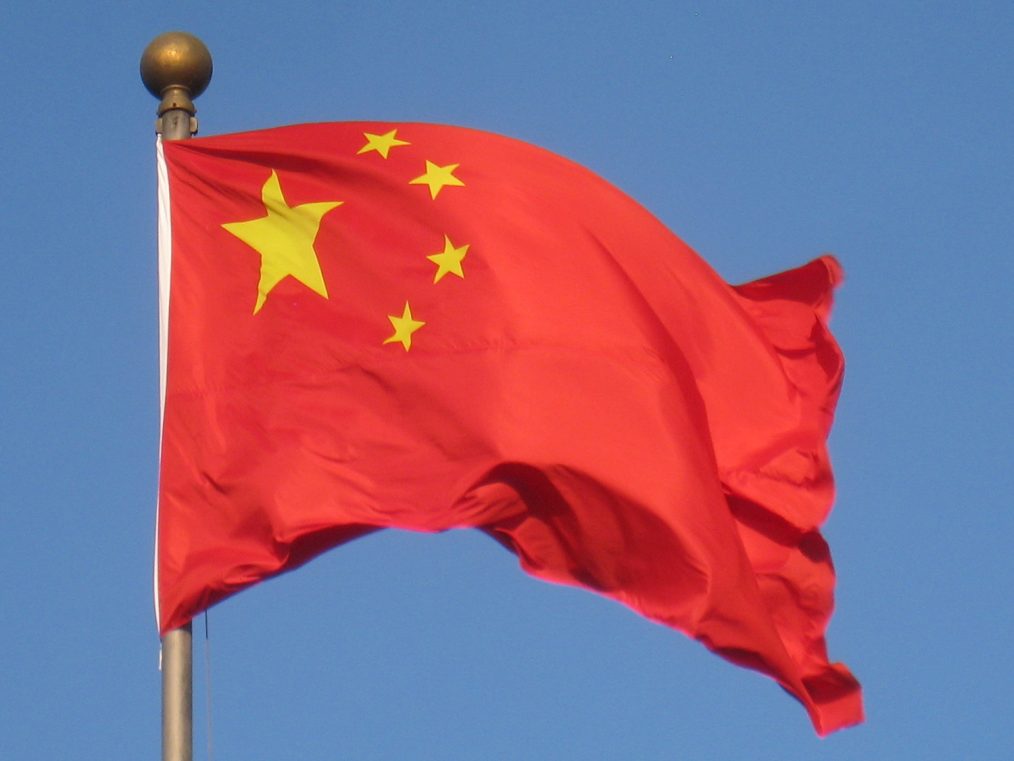
A Suspected Chinese Underwater Drone Discovered in Philippine Waters, Escalating Territorial Tensions
The Straits Times
A local fisherman reportedly discovered a mysterious underwater drone near San Pascual, Masbate, on December 30. The device, marked HY-119, was later identified as a Chinese-made underwater navigation and communication system. Police Brigadier General Andre Dizon confirmed the origin and purpose of the device, noting that it was sent to the Philippine Navy forces stationed on Luzon Island for further examination.
The yellow drone’s presence in Philippine waters raises immediate concerns about potential espionage or surveillance activities, given the ongoing territorial disputes between China and the Philippines in the South China Sea.
The discovery of this drone adds fuel to an already volatile situation. China claims nearly all of the South China Sea, including areas that fall within the Philippines’ exclusive economic zone (EEZ). These claims have led to numerous conflicts between the two nations.
Since taking office in 2022, President Ferdinand Marcos Jr. has been vocal in resisting Chinese maritime aggression. Clashes over disputed territories, such as the Spratly Islands, have escalated in recent years. Chinese coast guard vessels have used increasingly aggressive tactics to assert their control, including ramming Philippine government ships and deploying water cannons to drive them away from contested waters.
The presence of the drone in Philippine waters raises significant national security concerns. According to a police report, while the drone appears to be unarmed, its capabilities for underwater monitoring and reconnaissance are troubling.
This incident follows the appearance of China’s CCG 5901, the world’s largest coast guard ship, at Scarborough Shoal—another highly contested area in the South China Sea. Scarborough Shoal has long been a flashpoint for tense standoffs between Chinese and Philippine forces.
The discovery of the drone suggests that China is continuing to expand its maritime presence and technological capabilities in the region, further destabilizing the already tense situation.
Given the ongoing territorial disputes, China is unlikely to reduce its heavy maritime presence in the South China Sea. The Philippines, under President Marcos Jr., is expected to maintain its defiant stance against China’s sweeping claims.
However, President Marcos Jr. has expressed a preference for avoiding military escalation. He has stated that he would refrain from deploying naval warships to contested areas to prevent further conflict. Instead, the Philippines may focus on diplomatic pressure and strengthening alliances with other nations, such as the United States, to counter China’s influence in the region.
The discovery of the Chinese underwater drone serves as a stark reminder of the ongoing geopolitical struggle in the South China Sea and the complexities surrounding maritime sovereignty and national security in Southeast Asia.




